Shravan Maas, Shravan Month 2010, Auspicious Hindu Festival
Shravan maas is month filled with festivals and auspicious days to worship Lord Shiva. Amongst all the days Monday is considered the most auspicious. People observe fast on this day and perform Abhishekam on Lord Shiva.
The legend says that the Samudra Manthan or Sagar Manthan (Churning of Ocean of milk) between Devas and Asuras took place in the month of Shravan. During churning besides many gems the poison Halahal was also produced. This terrified the Gods and Demons because the poison was so toxic that it may annihilate everything on universe. So on the advice of Lord Vishnu Devtas approached Lord Shiva for help and protection. Lord Shiva out of compassion for all the living beings swallowed the poison on this day of Somvar (Monday)and held it in his throat. Soon his throat became blue. So he was called Neel Kanth. In order to lessen the effect of poison Devas offered sacred Ganges water on Lord Shiva. We also perform Abhishekam of milk on Shivlingam especially on Monday of Shravan month.

Let us start with pooja. We perform Pooja every day. Pooja means reverence, honor, adoration, or worship is a ceremony of gratitude or religious ritual performed on a variety of occasions to pray or show respect to their chosen Gods or Goddesses. The essential part of pooja is making spiritual connection with the deity. More often this connection is facilitated through an object or element of nature or picture or idol. During pooja the idol or picture serves as a means to gaining access to the divine. The icon or the idol or picture in not the deity itself; rather is believed to be filled with the cosmic energy of the God. It is a focal point for honoring and communicating with the God. It establishes a bridge between worshiper and the deity facilitating flow of cosmic energy flowing from worshiper to the worshipped and from worshipped to the worshiper; which not only sanctifies the self but also revitalizes our body resources enabling one to experience oneness with the divinity with feeling of extreme joy what is called Holy Bliss.

During pooja Sanskrit mantras are chanted for invoking the deity. The literal meaning of Mantra is sacred verbal formula repeated in prayer, meditation, or incantation, such as an invocation of a god, a magic spell, or a syllable or portion of scripture containing mystical potentialities. It is sound, syllable or group of words considered capable of spiritual transformation. Mantra originated in Vedic tradition became an essential part of Hindu poojas. In context of Vedas the mantra refers to poetic part of Rigved, Samved and Yajurved.
We know that all poojas start with Sanskrit Mantra starting with Aum ॐ. It is the most powerful and the significant. one syllable incantation called Pranav.
Advaita (Non Duality) Vedant ( End of the goal of Vedas) is considered the most influential school of Vedas ), considers A�]U�]M (OM) as three into one often referred as Triune (Trinity) which can be defined as Creation (BhramaPreservation (Vishnu), Destruction (Shiva).
Mandukya Upanishad specifically states that AUM is the mystery of Bhraman. In this terms doctrine `A` sound represents the waking state; the sound `U` represents the dream state ; `M` represents the deep sleep state. The waking state is super imposed on` A` the first sound because it is the first of three states of consciousness and so is sound `A`. The dream is a view within the mind of the impressions that had reflected on the mental arena during the waking state so is second syllable `U`. And the deep sleep is the final state of mind in rest which is `M`.A short silence is inevitable between two successive OMs. On this silence is super imposed the idea of ``fourth state`` ct Bliss known as ` Turiya` (Superior power�] 4th State of spirit �]Pure impersonal Bhraman). This is the state of perfewhen the individual self recognizes its identity with the Supreme Lord..
To every Mantra OM is added and without OM no sacred chant has power. Just as living body has no vitality without life giving breath, so too a mantra has no life without addition of Pranav OM.
Sagar(Samudra) Manthan Video
Shravan Month Festival Calendar
| Date | Tithi | Name of Festival | Significance of Festival |
| Aug 15 2010 | Indian Independence Day |
India became independent Sovereign state from British Rule on Aug 15 1947. |
|
| Aug 24 2010 | Shravan Sud Poornima | Raksha-Bandhan |
The festival is marked by tying the Rakhi-holy thread on the wrist of brother. The brother in turn vows to take care of his sister. |
| August 30 2010 | Shravan Krishna Paksha Pancham | Nag Panchaami |
This festival is celebrated by Hindus on the fifth day of moonlit fortnight of Shravan Month. During this time the snakes invariably come out of their hole that get inundated due to rain. May be therefore they are worshipped. People go to temples, snakes pits and offer milk to the snakes and also worship seeking protection from evil elements. |
| August 31, 2010 | Shravan Sud Chhath-6 | Randhan Chhatha |
Observed on the sixth day of Krishna Paksha. of Shravan Month. This day is meant for preparing food for next day which is celebrated as Shitala Satam. |
| Sept 01 2010 | Shravan Krishna Paksha Satam-7 | Shital Satam |
The Goddess Shitalais presiding over Smallpox. The food cooked on previous day (unheated) is eaten on this day. It is said in Skand Puran that the donkey is the vehicle of Shitala Mata. She holds broom in one hand and Kalash in the other hand. Those who observe this Vrat gets blessings from Shitala Mata. Their children are saved from the fatal disease of Smallpox. |
| Sept 02 2010 | Shravan Vad Aatham-8 | Janmastami- Krishna Birthday |
Krishna Janmastami is observed on eighth day of dark half of the month of Shravan when Rohini Nakshtra is in ascendent. It is joyful celebration of Lord Krishna`s birth. Major celebration of Krishna Janmastami at midnight as Krishna is said to have divine appearance in that hour.Sri Krishna is considered to be one of the most endeared human incarnations of Lord Vishnu. |
| Sept 04 2010 | Shravan Vad Ekadashi-11 | Aja Ekadashi/ Anand Ekadashi |
The significance of this Vrat was explained by Lord Krishna to Yudhistir and is found in Bhram Vaivrat Puran. It was explained by Lord Krishna that whoever observes this Eakadashi Vrat will be free |
Contact Hindu Pandit or Hindu Maharaj
|
By Dr. Pandit Ravindrabhai Dave Contact him for any Hindu Ritual. He can travel anywhere in USA and Canada. He can speak fluent Gujarati, English and Hindi. He offer servies that include all required pooja material. |
Help. Did you like this website or this article. We are non profit website, Please help keep 14Gaam online
info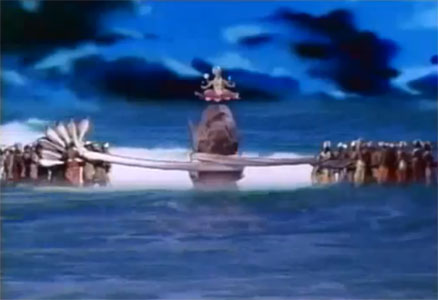

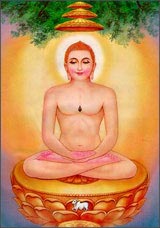
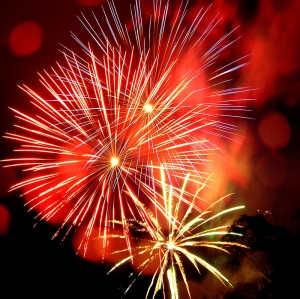
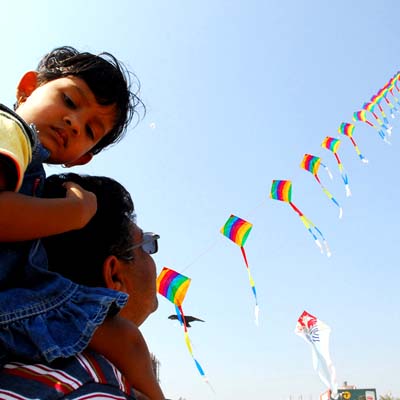
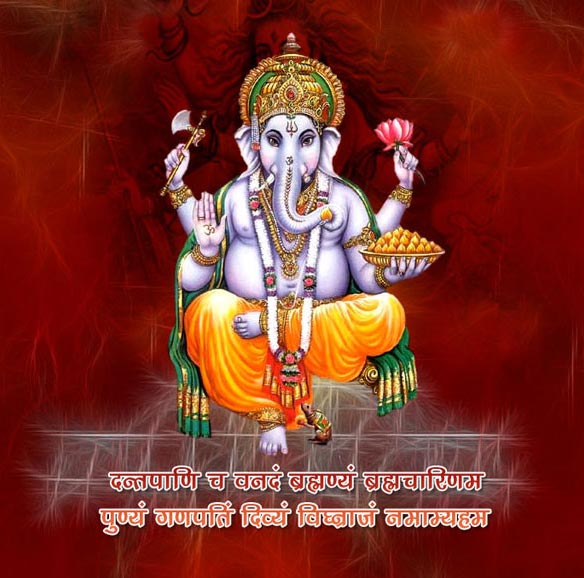
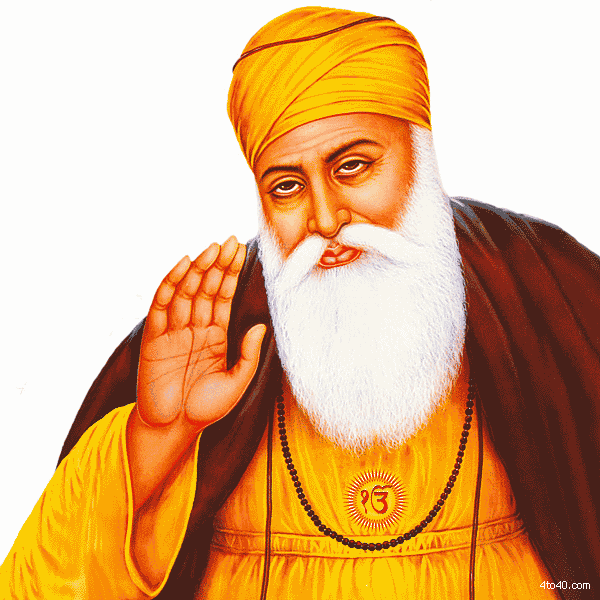
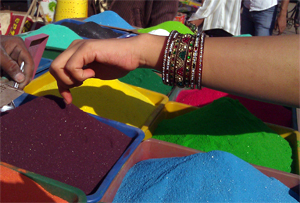

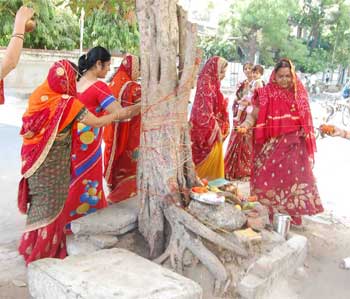

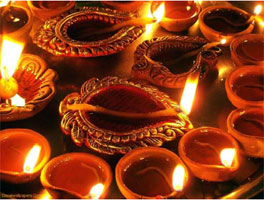
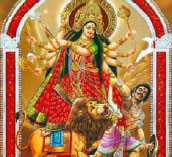
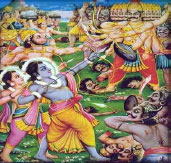

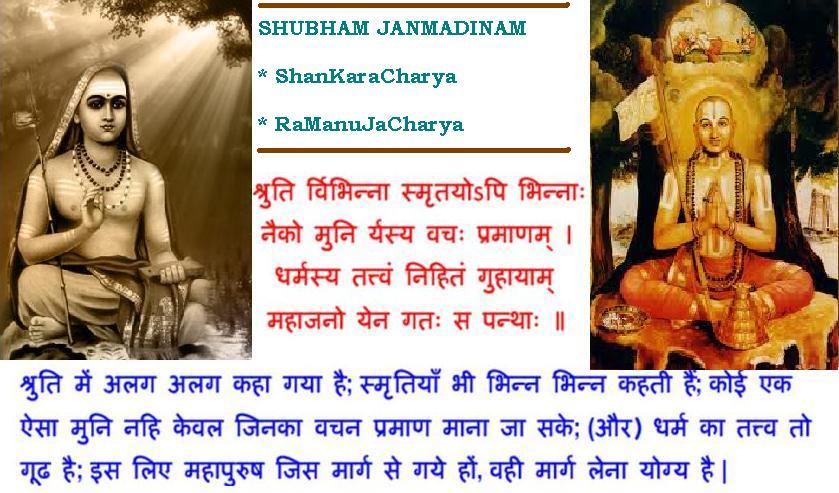
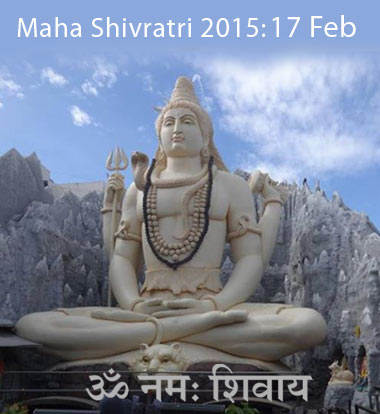
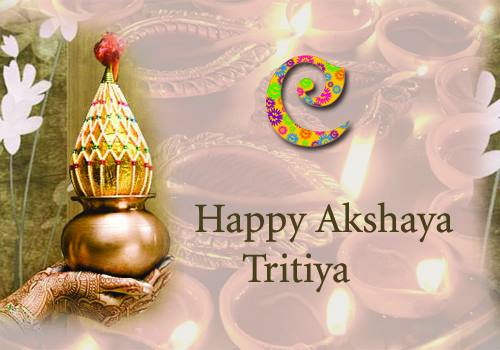
Recent Comments
Rahul posted on 8/11/2011 6:15:37 PM
If you have previously added your profile and would you like to view other's ad on this page, Please enter you previously added email address, will allow you to view contact number and email address without re-posting you ad.